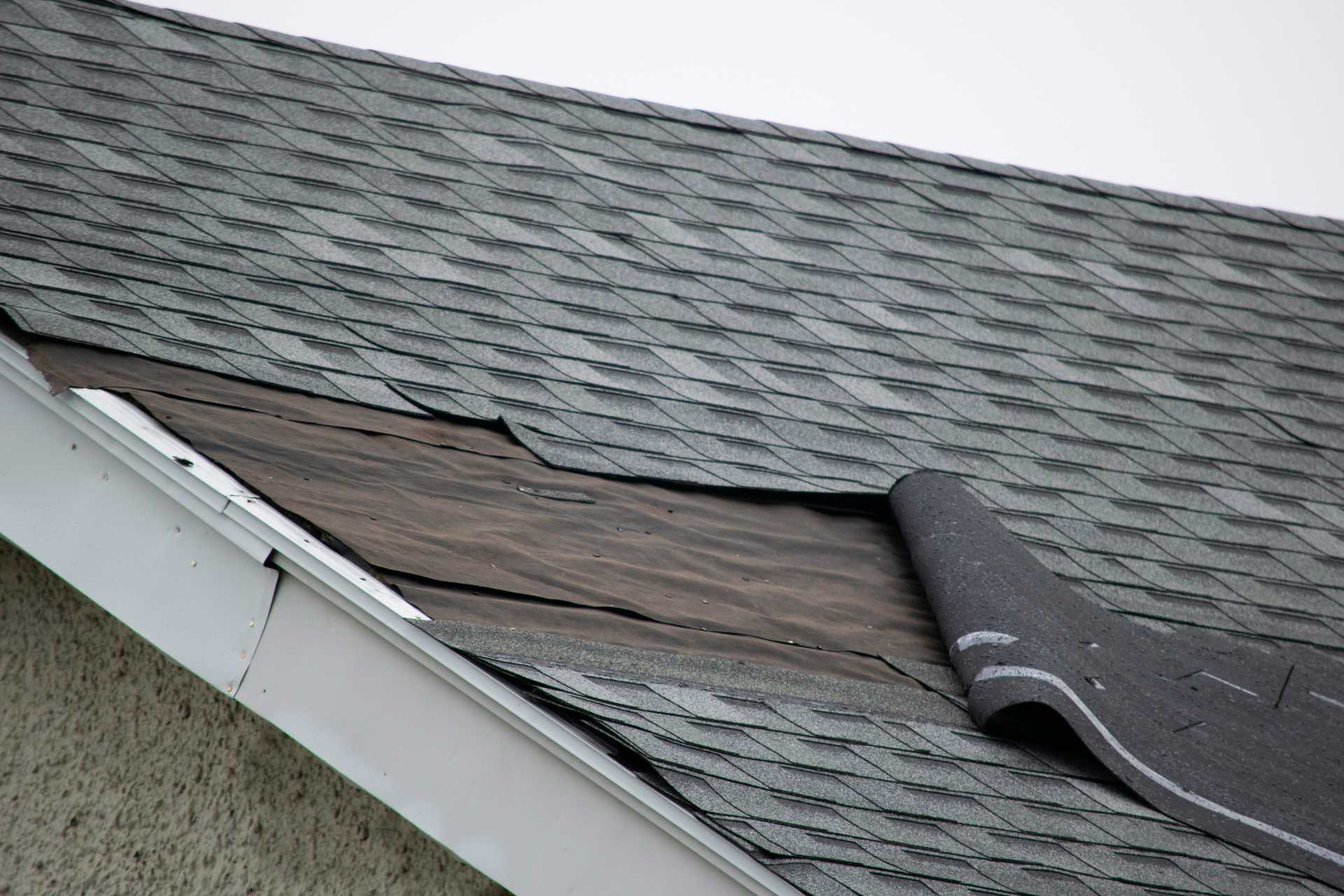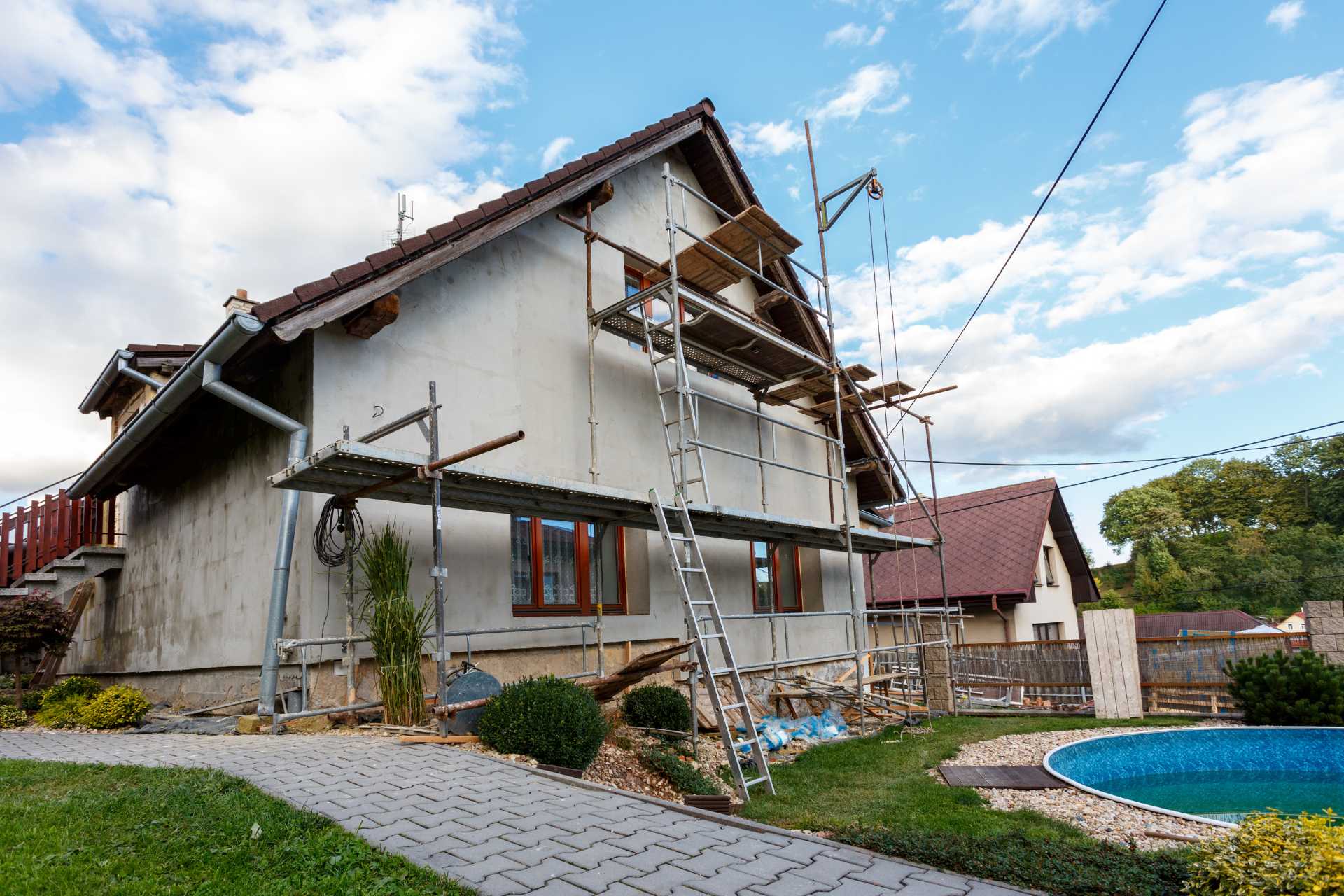It is a common experience for a prospective homebuyer to walk into a property and be captivated by its appearance. An updated kitchen, fresh paint, and an appealing layout can make it easy to become swept up in the excitement of a potential purchase. However, the most significant and costly problems are rarely visible at first glance. While buyers naturally focus on aesthetics and floor plans, they often overlook the fundamental structure—the “bones”—of the house. These hidden structural issues can turn a prospective dream home into a significant financial liability, leaving new owners calling a roofing company for emergency repairs or consulting with a real estate lawyer about undisclosed defects. This article will highlight the most common and costly structural issues that buyers miss, from subtle foundation cracks and aging plumbing to inadequate insulation and hidden roof damage, to facilitate a more prudent and informed home purchase.
The Foundation: Cracks in the Cornerstone
The foundation is the single most important structural component of a house, and repairs can be prohibitively expensive. Nevertheless, foundation issues are frequently overlooked because buyers tend to focus on eye-level details and interior finishes. A beautifully finished basement, for instance, can create a false sense of security, hiding serious problems behind new drywall and carpeting. It is crucial to look past the cosmetic layer. Horizontal or “stair-step” cracks in concrete block or brick foundations are major red flags, indicating serious external pressure or soil movement that is compromising the wall’s integrity. While some small, vertical hairline cracks may result from normal settling, these more significant patterns demand immediate professional assessment.
Other signs of foundation trouble can be more subtle. Doors and windows that stick or are difficult to operate are not just minor annoyances; they are classic indicators that the house is shifting or settling unevenly. Similarly, a sloping floor, which might not be immediately obvious to the naked eye, can signal that floor joists are failing or that one side of the foundation has sunk. Ignoring these clues can be a costly mistake. While minor crack injections might cost a few thousand dollars, more serious issues requiring underpinning or stabilization can easily run into the tens of thousands. This is where real estate lawyers play a crucial role in protecting buyers from hidden structural risks such as foundation damage, roofing concerns, or poor insulation. They ensure proper disclosures and conditions are part of the purchase agreement.
The Plumbing System: A Hidden Network of Trouble
New faucets and shiny sinks can often distract buyers. They may not consider the age or material of the pipes connecting them. This hidden network of plumbing can be a source of significant trouble. Homes built decades ago may still have outdated pipe materials. Galvanized steel, for example, is prone to internal corrosion. This restricts water flow and can eventually lead to leaks. Another problematic material is polybutylene piping. It was used for several years and is known for becoming brittle. It can fail suddenly without warning, causing extensive water damage. Identifying the home’s plumbing type is a critical step, but it is often missed during a typical viewing.
Beyond the pipes, drainage performance can signal deeper issues. A slow drain in one sink might seem like a minor clog. However, if multiple drains are slow, it could indicate a major problem. This might be a blockage or collapse in the main sewer line running to the street. Repairing or replacing this line is an extremely expensive and disruptive job. It can even involve excavating the front yard. Furthermore, it is important to be vigilant for subtle signs of leaks. Look for small, discoloured water stains on ceilings. Notice any persistent musty smells in cupboards or the basement. Check for slight warping at the base of a bathroom vanity. These are all red flags for hidden plumbing issues that can lead to major water damage and unhealthy mould growth.
The Roof: Your Home’s First Line of Defence
Buyers often make the oversight of only briefly glancing at the roof from the ground. This is insufficient for spotting serious problems. A trained eye is needed to identify issues beyond a few missing shingles. One common red flag is a roof with multiple layers of shingles. This is a cost-cutting measure where new shingles are installed over old ones. The practice adds significant excess weight to the roof structure. It can also hide serious problems, like soft or rotting roof decking underneath. A professional can spot the tell-tale thickness at the roof’s edge that indicates a layered roof.
The most revealing clues are often found inside the attic. Dark stains on the underside of the plywood sheathing are a clear sign of a past or present leak. Insulation that appears damp, compressed, or mouldy also points to moisture intrusion. A lack of proper ventilation is another critical issue. Missing soffit and ridge vents can trap heat and moisture, drastically shortening the roof’s lifespan. It is vital to remember that roof leaks or missing shingles can also become expensive surprises if overlooked. A seemingly minor leak can allow water to saturate insulation. It can rot the wooden roof trusses and damage ceilings and walls over time. This turns a small repair into a major renovation project.
Insulation and Ventilation: The Unseen Comfort Killers
A home’s energy efficiency and air quality are almost entirely invisible during a 30-minute walkthrough, yet they have a massive impact on comfort and monthly utility bills. The R-value of the insulation and the effectiveness of the ventilation system are not visible to the casual observer. However, a quick inspection of the attic can be very revealing. If the insulation is below the level of the wooden joists, it is a sure sign that it is insufficient. This will lead to massive heat loss in the winter and uncomfortable heat gain in the summer, resulting in unnecessarily high energy bills year-round.
Poor ventilation is an equally serious, though often overlooked, issue. A poorly ventilated attic traps hot, moist air. In the summer, this super-heated air can essentially cook the shingles from below, causing them to become brittle and fail prematurely. In the winter, warm, moist air from the living space rises into the cold attic and condenses on cold surfaces, leading to moisture, mould, and potentially destructive ice dams at the eaves. Similarly, neglected crawl spaces that are damp and uninsulated can be a source of mould, pests, and perpetually cold floors, impacting the entire home’s health and comfort. Understanding what to expect during a home inspection can help identify overlooked structural issues before closing, as a good inspector will always assess these critical, unseen systems.
A Buyer’s Best Defence is Due Diligence
The key risks of foundation failure, systemic plumbing issues, roof leaks, and poor insulation can turn a dream home into a financial drain. The single best way for a buyer to protect their interests is to hire a qualified, independent home inspector. Such professionals have the training, tools, and unbiased perspective to uncover these hidden dangers before a purchase is finalized. The home inspection should not be viewed as an optional expense, but as the most important investment made during the entire home-buying process. Taking the right steps before finalizing a home purchase ensures buyers are not left responsible for costly repairs after the deal closes. It is crucial that an objective assessment is not overruled by emotion. A thorough inspection ensures the property being purchased is a safe, sound home, not just a beautiful house.




